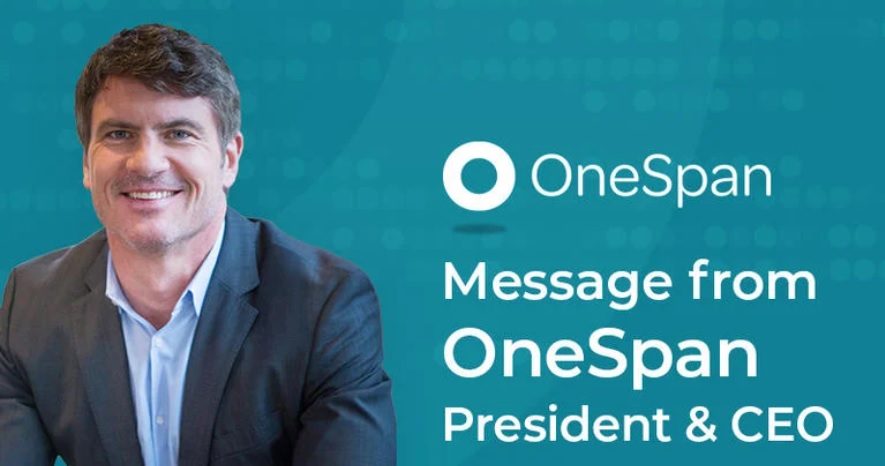In a world of deep fakes, how to bring trust and integrity back

an article written by Matthew Moynahan – OneSpan President & CEO
When I look around today, it’s hard to know what’s real anymore. Deep fakes, fake news, bots spreading that fake news, and those doctored videos. We’ve started to question the world we live in and our digital interactions in ways we didn’t before. Is the story I read on CNN about President Volodymyr Zelenskyy being in the hospital recently due to a serious health condition true? Am I signing a real contract, or is this a phishing scam?
Five years ago, these were questions we wouldn’t have asked ourselves, but things have changed, and things are going to keep changing as we enter Web 3.0. Some could say this question of real-ness on the internet was brought to the forefront during the last U.S. Presidential Election when deep fakes and fake news plagued the country. Welcome to our new “normal”, and while it sort of bums me out, this is the lesser of my concerns.
When e-signatures first entered the market years ago, the complex and time-consuming task of signing contracts, getting a loan, or applying for a mortgage was expedited, saving companies time and money, mobilizing workforces, and improving customer experience. This resulted in happier, more loyal customers – both great things for business. But something else began to happen that caught my attention years ago, and that is the erosion of trust and integrity in digital processes and interactions with digital customers. This is a real problem, and it is only going to get worse.
DocuSign was the first to latch onto e-signatures in a big way, and certainly the industry got a big boost from the pandemic. A $5 billion market was created, and it became quick and easy for employees to sign a waiver confirming they’d read the latest company policy while working remote. Quick and easy for parents to sign a permission slip for next month’s field trip. Quick and easy for a new employee to sign their contract before their first day on the job.
But as the world became more digitized, so did the nature and value of the agreements and contracts that were getting signed. We’re past signing permission slips and confirming we’ve read the latest company guidelines. Now in Web 3.0, high-value transactions are happening digitally and in massive volumes with more complicated cloud workflows. This is the perfect storm that has created a necessity for a more sophisticated approach to digital agreement security, something much bigger than what is offered by other e-signature companies.
As this market has grown and e-signatures became largely commoditized, as noted in Gartner’s recent Market Guide for Electronic Signatures, we’ve started to circle a more significant question – how can we ensure an interaction in today’s digital world is actually legitimate and real?
It’s become effortless to sign a contract online, but how many of us are checking to ensure we are signing a real contract or sending real money to a real company to purchase a real product? Or how many companies actually confirm whether the person signing a contract is who they say they are? How do we really know whether the person you met for the first time in a Zoom session is who they actually tell you they are? Think about it…
The full article here
Dariusz Mazurkiewicz – CEO at BLIK Polish Payment Standard
Banking 4.0 – „how was the experience for you”
„To be honest I think that Sinaia, your conference, is much better then Davos.”
Many more interesting quotes in the video below:










